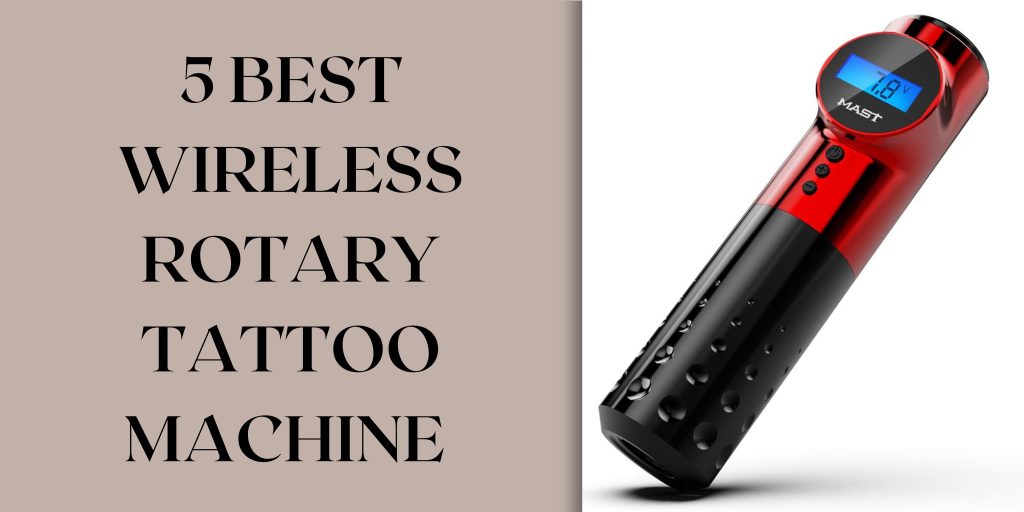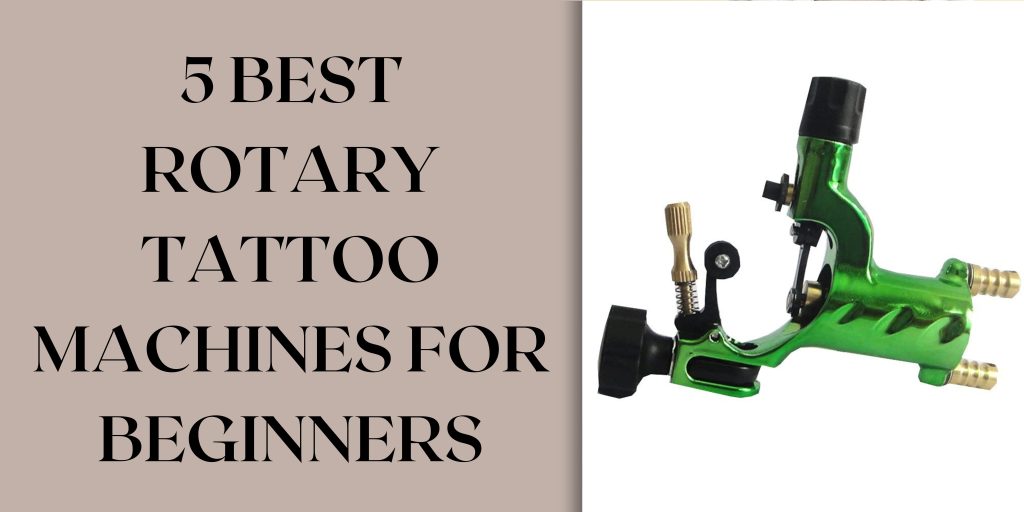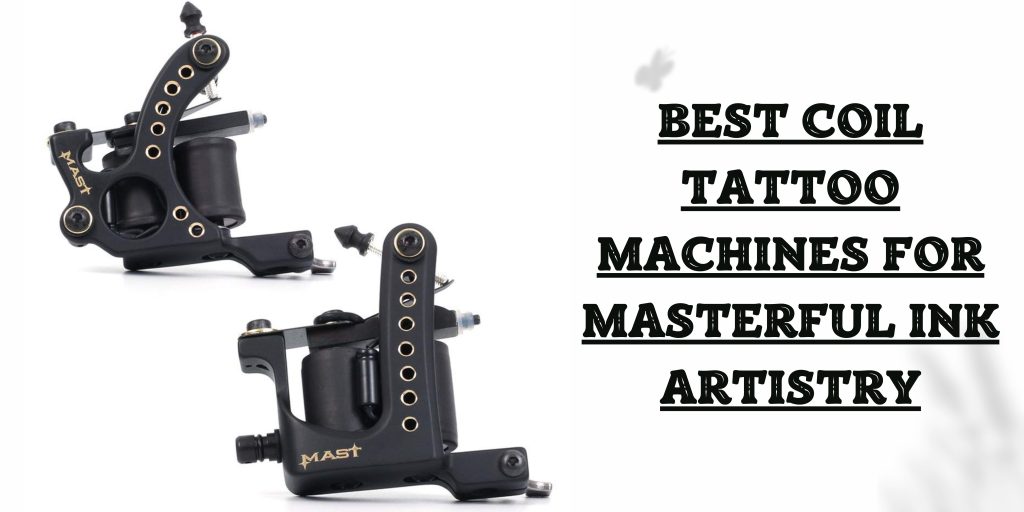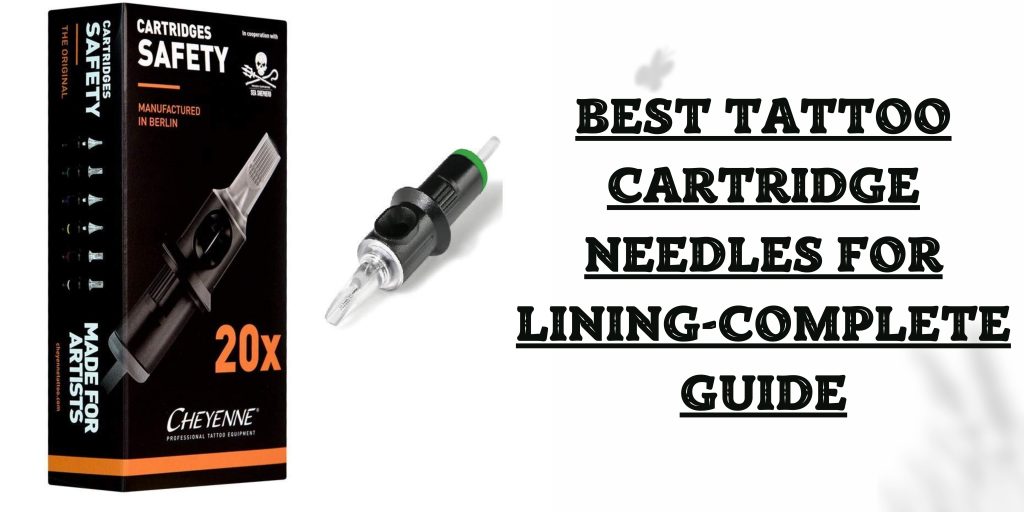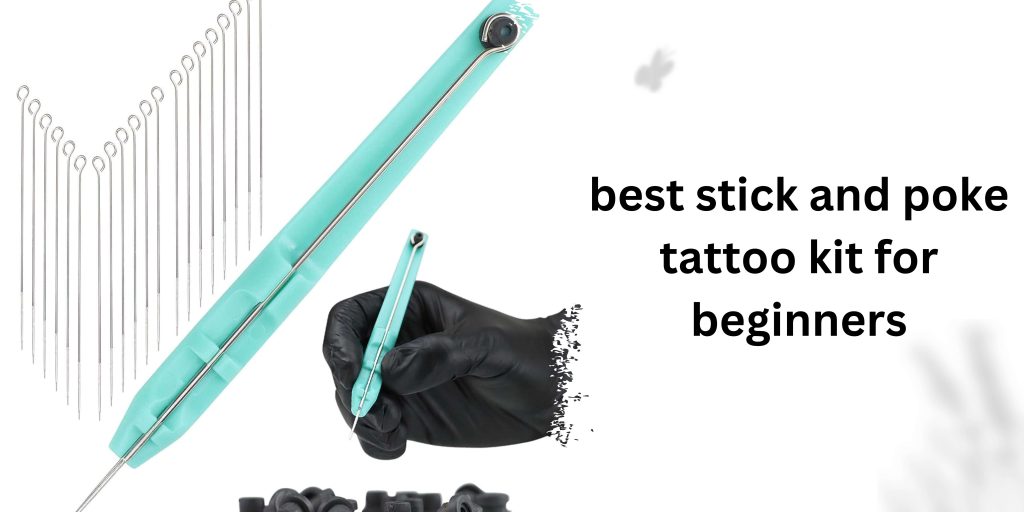Stick and poke tattooing, also known as hand-poked or DIY tattoos, is a method of tattooing that involves using a needle to manually deposit ink into the skin. Unlike traditional machine tattoos, stick and poke tattoos rely on a different set of tools and techniques. In this article, we’ll explore the stick and poke tattoo tools and provide valuable insights for both beginners and experienced practitioners.
Essential Equipment for Stick and Poke Tattoo

Tattoo Needles and Their Types
The choice of needles is crucial in stick and poke tattooing, as it directly impacts the outcome of your design. Different needle configurations cater to various tattoo styles and techniques. Here’s what you need to know:
Round Liner (RL): This needle type is ideal for creating outlines and fine details. It consists of a single round configuration of needles.
Round Shader (RS): RS needles are suitable for shading and filling in larger areas. They also come in a round configuration but are typically grouped more closely than RL needles.
Magnum (M1): Magnums are used for soft shading and blending colours. They have two rows of needles arranged in a flat or curved pattern.
Flat (FL): Flat needles are versatile and can be used for both outlining and shading. They have a flat configuration.
Curved Magnum (CM): These needles are excellent for curved and intricate designs. They provide precise shading and are often used for artistic effects.
Choose the needle type that aligns with your design and style preferences. It’s a good practice to have various needle sizes and configurations on hand for versatility.
Read More: how you can practice stick and poke tattoo
Tattoo Ink Options and Considerations
Selecting the right ink is crucial to achieving vibrant and long-lasting stick and poke tattoos. Consider the following factors when choosing your tattoo ink:
Quality: Opt for high-quality, professional-grade tattoo ink. Cheap or subpar inks may lead to poor results and fade over time.
Colour: The colour palette you choose should match your design’s aesthetics. Traditional black ink is a popular choice, but you can also experiment with various colours to achieve unique effects.
Vegan and Cruelty-Free Options: If you have ethical concerns, there are vegan and cruelty-free tattoo ink options available that do not involve animal testing or animal-derived ingredients.
Allergies and Sensitivities: Be aware of any allergies or sensitivities you or your clients may have to certain ink ingredients. Always conduct a patch test if there are concerns.
Sterility: Ensure that the ink is sterile and free from contaminants. Hygiene is paramount in stick and poke tattooing.
Tattoo Grips and Handles
Tattoo grips and handles are essential for maintaining control and precision during the tattooing process. Consider the following:
Disposable Grips: Disposable grips are convenient and hygienic. They are discarded after each use, eliminating the need for sterilization.
Non-Disposable Grips: Non-disposable grips are made of materials like stainless steel and can be sterilized for reuse. They are a more sustainable option but require thorough cleaning and autoclaving.
Ergonomics: Choose grips and handles that are comfortable to hold for extended periods. Ergonomic designs reduce hand fatigue and improve control.
Compatibility: Ensure that your chosen grips are compatible with your needles and tattoo machine, if applicable.
Non-Essential but Useful Tools
Ink Caps and Holders
Ink caps and holders are not strictly necessary, but they can greatly improve the efficiency of your tattooing process:
- Ink Caps: These small, disposable containers hold the tattoo ink. They come in various sizes and are especially useful for organizing different ink colours while you work.
- Ink Cap Holders: To keep your ink caps organized and within easy reach, you can use ink cap holders that attach to your work surface or to your tattoo grip. This helps prevent spills and keeps your workspace tidy.
Stencil Transfer Methods
While some stick and poke artists prefer to freehand their designs, others may find stencil transfer methods helpful for precise placement:
- Stencil Paper: Stencil paper allows you to transfer a printed or hand-drawn design onto the skin before tattooing. This ensures accuracy and helps guide your hand as you work.
- Stencil Transfer Solution: Using a stencil transfer solution can make transferring the design smoother and more precise. It helps the stencil adhere to the skin temporarily, making it easier to tattoo over.
- Stencil Machines: Some tattoo artists use stencil machines to create precise and professional-looking stencils. These machines offer speed and accuracy in transferring designs.
Tattoo Aftercare Products
While not directly related to the tattooing process, having access to aftercare products can be beneficial for both the artist and the client:
- Aftercare Cream or Ointment: Recommend or provide your clients with a suitable aftercare cream or ointment to promote proper healing and minimize scarring. These products can vary, so it’s essential to choose one that you trust and recommend.
- Tattoo Wrap or Film: Tattoo wrap or film can be applied immediately after tattooing to protect the fresh tattoo from dirt and bacteria. It allows clients to go about their day without worrying about their new tattoos.
- Antiseptic Solutions: Having antiseptic solutions on hand for cleaning the tattooed area before and after the process can help reduce the risk of infection.
Tattoo Practice Skin
If you’re a beginner or want to experiment with new techniques and designs, tattoo practice skin can be a valuable tool:
- Synthetic Tattoo Practice Skin: Synthetic practice skin closely mimics the texture of real skin, allowing you to practice and refine your skills without working on a live person.
- Fruit or Vegetable Practice: Some artists opt for practising on fruits or vegetables to get a feel for needle depth and ink flow. This is a cost-effective alternative to synthetic practice skin.
Lighting and Magnification
Proper lighting and magnification tools can help you work with precision and reduce eye strain:
- Tattoo Lamps: Adjustable tattoo lamps with bright, even lighting can help you see your work clearly and ensure that you don’t miss any details.
- Magnifying Glasses or Loupes: Magnifying glasses or loupes can be especially helpful when working on intricate designs or fine details, ensuring that your work is precise.


